Guardrails play a crucial role in maintaining safety within factory environments, serving as physical barriers that protect employees from potential hazards. In industrial settings where heavy machinery, elevated platforms, and moving parts are common, the risk of accidents is significant. Guardrails provide a vital layer of protection by preventing falls, collisions, and other incidents that could lead to injuries or even fatalities. In this essay, we will explore the various ways in which guardrails contribute to the safety of factory employees.
How are Guardrails Important?
- Fall Protection- First and foremost, guardrails are designed to prevent falls from elevated surfaces such as platforms, walkways, and mezzanines. In factories where workers may need to access machinery or perform maintenance tasks at height, the risk of falling is a constant concern. Guardrails provide a physical barrier that prevents employees from accidentally stepping off the edge, thereby reducing the likelihood of serious injuries or fatalities due to falls. By creating a clear boundary between safe and hazardous areas, guardrails help to guide workers and reinforce safety protocols.
- Visual Reminder of Dangers- Moreover, guardrails serve as a visual and tactile reminder of potential dangers in the workplace. Their presence acts as a constant reminder to employees to exercise caution when working near edges or elevated surfaces. By delineating hazardous areas, guardrails help to raise awareness of potential risks and encourage workers to take appropriate precautions. This can be particularly important in busy factory environments where distractions are common, as guardrails serve as a physical cue to stay focused on safety.
- Prevents Collisions- In addition to preventing falls, guardrails also play a crucial role in protecting employees from collisions with moving machinery or vehicles. In factories where forklifts, pallet jacks, and other motorized equipment are in use, the risk of accidents is heightened. Guardrails installed along traffic routes and around machinery help to create clear pathways for both vehicles and pedestrians, reducing the likelihood of collisions. By separating areas where machinery operates from pedestrian walkways, guardrails help to minimize the risk of accidents and injuries caused by accidental contact with moving equipment.
- Provides Barriers- Furthermore, guardrails can serve as barriers to prevent unauthorized access to restricted areas within the factory. In facilities where certain areas pose specific risks to employees, such as hazardous materials storage areas or machinery with exposed moving parts, it is essential to control access to these areas to prevent accidents. Guardrails can be used to create physical barriers that restrict entry to authorized personnel only, thereby reducing the risk of injuries resulting from unauthorized access or tampering with equipment.
- Protection of Equipment- Another important function of guardrails is to protect equipment and infrastructure from damage caused by accidental impacts. In busy factory environments where space is limited, the risk of collisions between equipment, vehicles, and structural elements is significant. Guardrails can be strategically placed to create buffer zones around valuable equipment or sensitive infrastructure, absorbing the impact of collisions, and preventing damage. By providing a protective barrier between moving objects and stationary structures, guardrails help to safeguard critical assets and minimize downtime due to accidents.
- Employee Well-being- Additionally, guardrails can contribute to a culture of safety within the workplace by demonstrating a commitment to employee well-being. When workers see that their employer has taken proactive measures to mitigate risks and protect their safety, they are more likely to take safety protocols seriously and adhere to established procedures. Guardrails serve as a visible symbol of this commitment, signaling to employees that their employer prioritizes their safety and is actively working to create a secure working environment.
In conclusion, guardrails play a multifaceted role in keeping factory employees safe by preventing falls, reducing the risk of collisions, controlling access to restricted areas, protecting equipment and infrastructure, and fostering a culture of safety. By serving as physical barriers that delineate hazardous areas and guide employee behavior, guardrails help to minimize the risk of accidents and injuries in industrial settings. As such, they are an essential component of any comprehensive workplace safety program, helping to ensure the well-being of employees and the continued success of the organization.
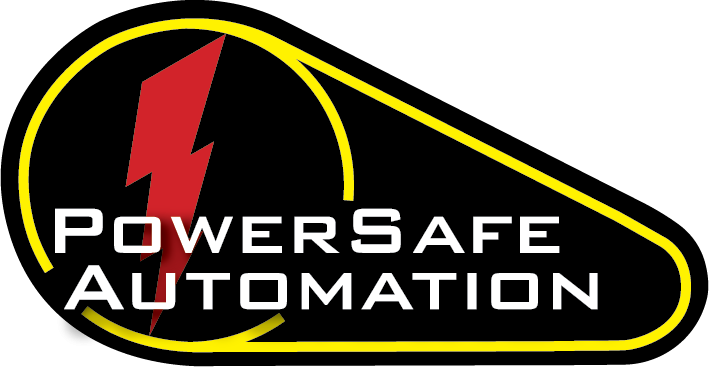
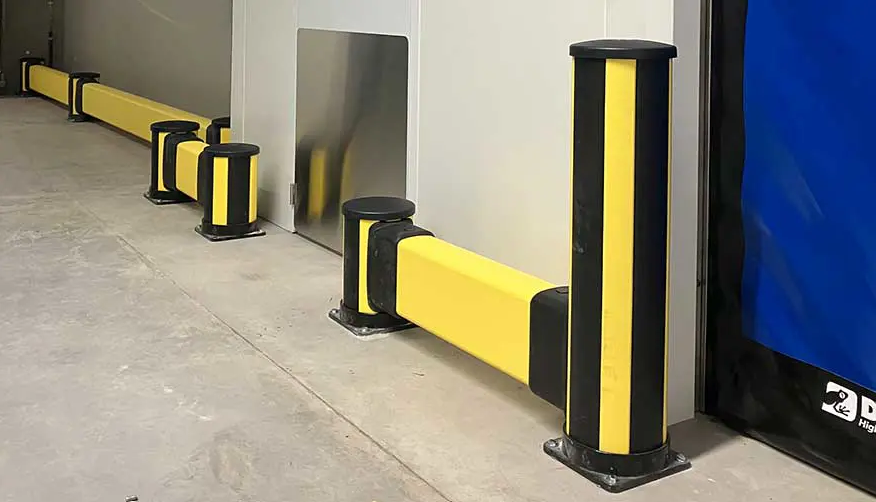
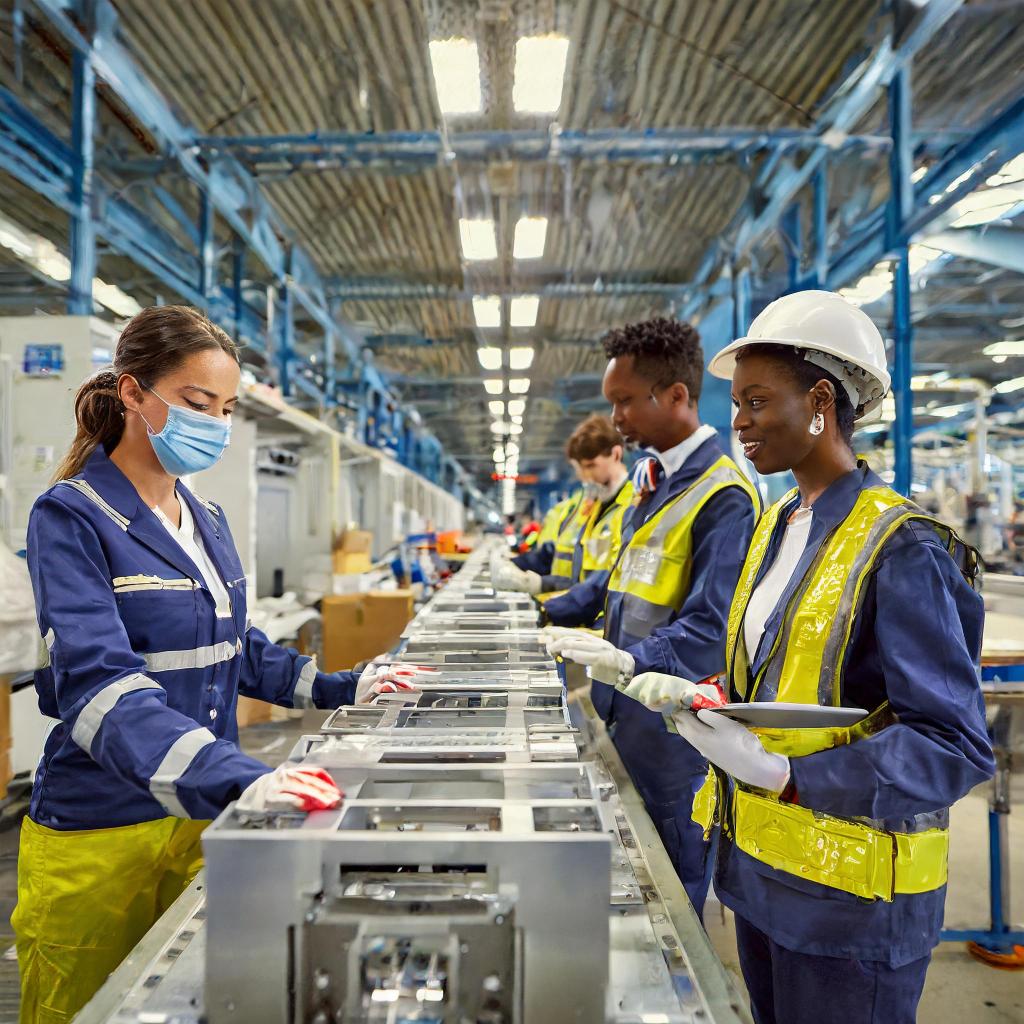
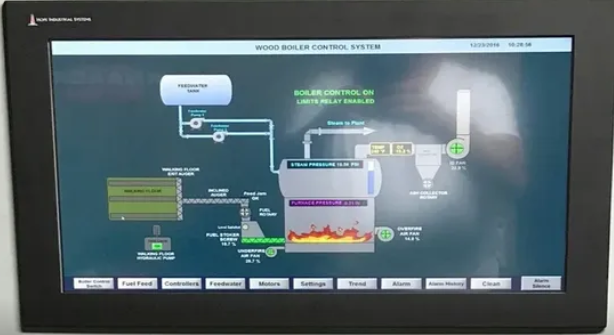
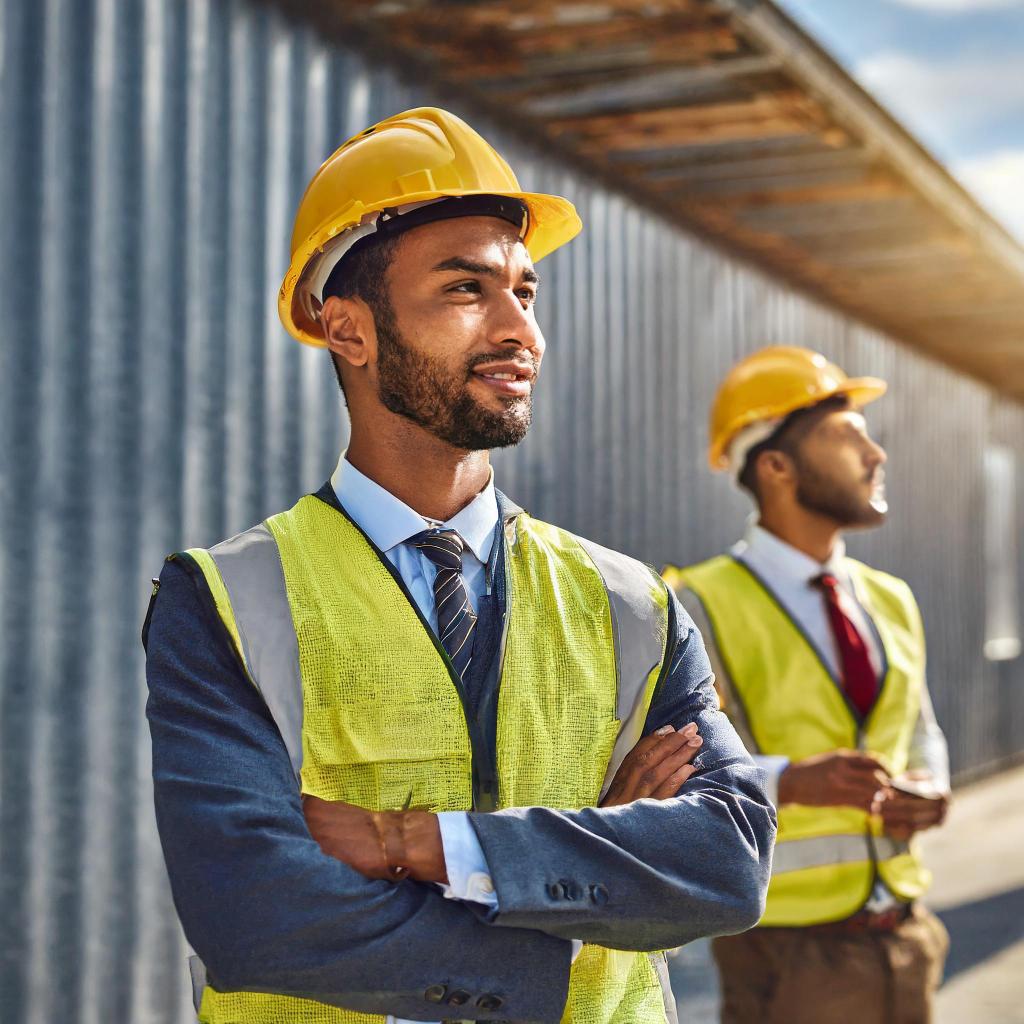
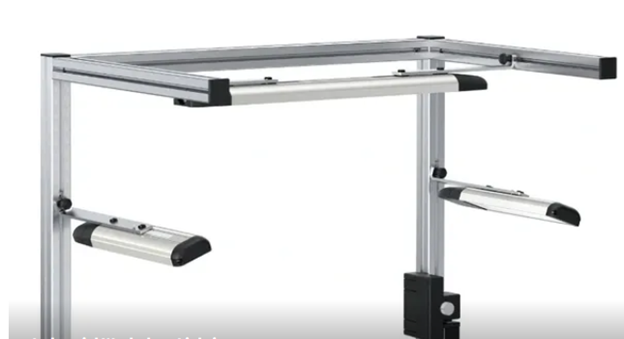
Leave a comment